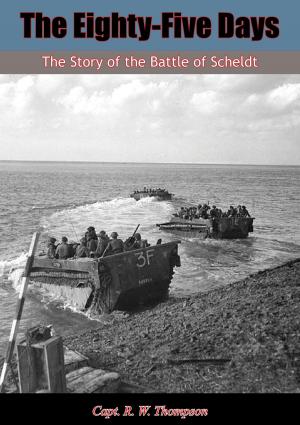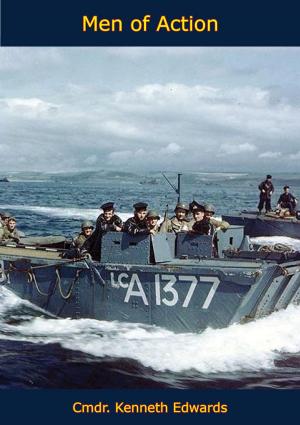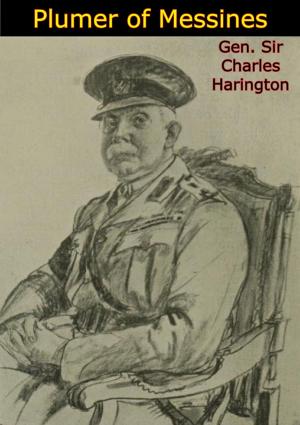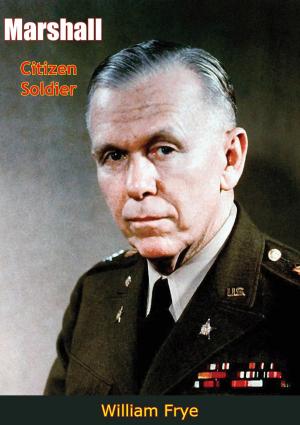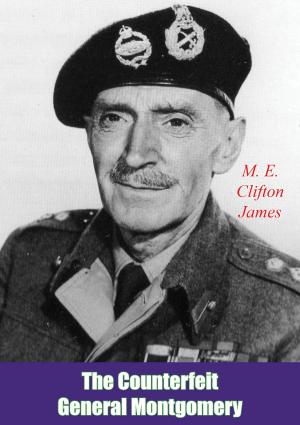The Normandy Campaign
An Analysis
Nonfiction, History, Germany, European General, Military, United States| Author: | Major David S. Wilson | ISBN: | 9781789121926 |
| Publisher: | Arcole Publishing | Publication: | April 24, 2018 |
| Imprint: | Arcole Publishing | Language: | English |
| Author: | Major David S. Wilson |
| ISBN: | 9781789121926 |
| Publisher: | Arcole Publishing |
| Publication: | April 24, 2018 |
| Imprint: | Arcole Publishing |
| Language: | English |
Since the 50th anniversary of World War Two (1994), there has been an increased interest in the Normandy campaign. The Normandy campaign was a watershed event for the US Army and left a great influence. General William E. Depuy, the first commander of the Army’s Cold War Training & Doctrine Command (TRADOC), was an infantry battalion operations officer in the 90th Inf. Division which had the very mission of encircling German forces in Normandy. Further, General Depuy was the author of the 1976 Field Manual FM 100-5 Operations and its concept of the “active defense.” Many would later compare US VII Corps’ Operation COBRA in Normandy to US VII Corps in Operation DESERT STORM and to the 1982 FM 100-5 Operations manual doctrine of “AirLand Battle” (ALB).
While General Depuy did not have direct influence in developing “AirLand Battle,” he did have an indirect influence in selecting the tenets of “AirLand Battle:” agility, depth, initiative and synchronization. If one studies the Normandy campaign, they will see the German defenders executing an “active defense” with units defending in depth (Caen) and counterattacking Allied advances. Also, displayed by the Germans was the agility of their staffs and troops to quickly move “Kampfgroups” (combat teams) around the battlefield and small unit leaders taking the initiative in executing their “active defense.”
Many have referred to Normandy as a logistical feat. I prefer to focus beyond the beachhead. By using ratios and attrition of combat power, I will attempt to provide a quantitative analysis of the Normandy campaign. Normandy covered the full spectrum of war: the defense and the offense. It is through studying the Normandy campaign we can extract valuable lessons learned relevant to the art of operational-level warfare.
Since the 50th anniversary of World War Two (1994), there has been an increased interest in the Normandy campaign. The Normandy campaign was a watershed event for the US Army and left a great influence. General William E. Depuy, the first commander of the Army’s Cold War Training & Doctrine Command (TRADOC), was an infantry battalion operations officer in the 90th Inf. Division which had the very mission of encircling German forces in Normandy. Further, General Depuy was the author of the 1976 Field Manual FM 100-5 Operations and its concept of the “active defense.” Many would later compare US VII Corps’ Operation COBRA in Normandy to US VII Corps in Operation DESERT STORM and to the 1982 FM 100-5 Operations manual doctrine of “AirLand Battle” (ALB).
While General Depuy did not have direct influence in developing “AirLand Battle,” he did have an indirect influence in selecting the tenets of “AirLand Battle:” agility, depth, initiative and synchronization. If one studies the Normandy campaign, they will see the German defenders executing an “active defense” with units defending in depth (Caen) and counterattacking Allied advances. Also, displayed by the Germans was the agility of their staffs and troops to quickly move “Kampfgroups” (combat teams) around the battlefield and small unit leaders taking the initiative in executing their “active defense.”
Many have referred to Normandy as a logistical feat. I prefer to focus beyond the beachhead. By using ratios and attrition of combat power, I will attempt to provide a quantitative analysis of the Normandy campaign. Normandy covered the full spectrum of war: the defense and the offense. It is through studying the Normandy campaign we can extract valuable lessons learned relevant to the art of operational-level warfare.



